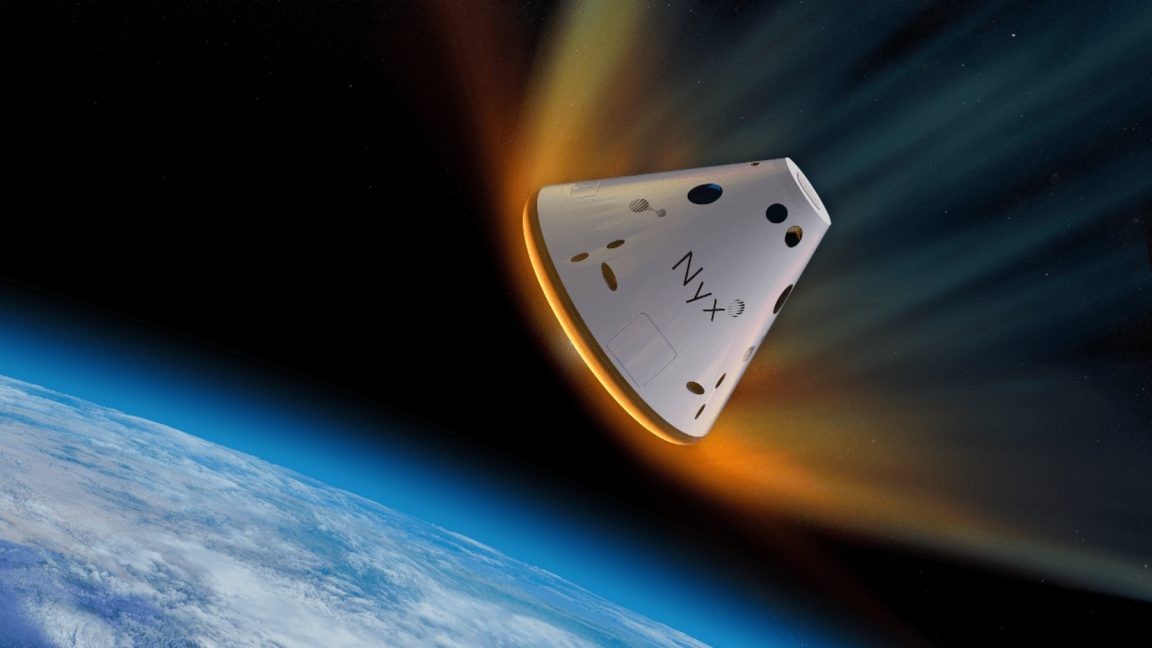Introduction
In the ever-evolving arena of space exploration, the ambitions of private companies continue to push boundaries and redefine what is possible. A European firm, which was previously not in the limelight, has now set its sights on an audacious mission: docking with the International Space Station (ISS) by 2028. This goal, once thought unattainable, is now on the horizon following a partly successful test flight. The firm’s determination and strategic planning have garnered attention across the global space industry, making this development a focal point of discussion.
Breaking Developments
| Date | Event |
|---|---|
| July 2025 | Announcement of the plan to dock with the ISS in 2028 |
| July 2025 | Completion of a partly successful test flight |
The recent test flight has been pivotal, marking a significant milestone in the company’s journey toward the ISS. Although it wasn’t flawless, the mission demonstrated the firm’s capability and potential to achieve its ambitious objectives. According to the firm’s spokesperson, “One year ago, this was out of the discussion,” highlighting the rapid progress and commitment that has characterized their efforts.
Expert Reactions
- Dr. Maria Hansen, a leading aerospace engineer, remarked that the test flight’s partial success is a testament to the firm’s technological prowess and innovative approach.
- Space policy analyst John Ferguson noted that the company’s ambition to dock with the ISS is indicative of the growing role of private firms in space exploration.
- Astrophysicist Dr. Liam O’Connor emphasized the importance of collaboration between private firms and government agencies to ensure the success of such missions.
Source: After a partly successful test flight, European firm eyes space station mission
Technological Innovations and Challenges
The company’s journey is not without its hurdles. However, their innovative solutions to complex aerospace challenges have set a new standard in the industry. The test flight, despite its partial success, showcased several key technological advancements that will be crucial for the upcoming ISS mission.
Key Technological Advancements
- Advanced propulsion systems designed to reduce fuel consumption and increase efficiency.
- Robust docking mechanisms capable of withstanding the harsh conditions of space.
- State-of-the-art navigation systems to ensure precise docking with the ISS.
These technological strides not only enhance the firm’s capabilities but also contribute to the broader aerospace sector by setting new benchmarks for innovation and efficiency.
Strategic Roadmap to 2028
The path to 2028 is meticulously planned, with several key milestones that will be critical to the mission’s success. The firm has outlined a comprehensive strategy that includes further test flights, collaborations, and technological enhancements.
Planned Milestones
- 2026: Conducting a series of unmanned test flights to refine the technology and ensure reliability.
- 2027: Partnering with government space agencies to gain additional expertise and resources.
- 2028: Final preparations and execution of the docking mission with the ISS.
This roadmap not only illustrates the firm’s commitment but also highlights the collaborative efforts necessary to achieve such an ambitious goal. The integration of expertise from various sectors will be vital in overcoming the challenges that lie ahead.
Industry Implications and Future Prospects
The firm’s ambitious plan to dock with the ISS has far-reaching implications for the space industry. It signifies a shift toward increased private sector involvement in missions traditionally dominated by government agencies. This trend is likely to accelerate innovation and drive down costs, making space more accessible.
Potential Industry Impact
- Increased competition among private aerospace companies, leading to rapid technological advancements.
- Opportunities for new collaborations between private firms and government agencies.
- Enhanced focus on sustainability and cost-effectiveness in space missions.
As the space industry continues to evolve, the success of such missions will pave the way for more ambitious projects, potentially including lunar bases and Mars exploration. The European firm’s journey to the ISS could thus serve as a catalyst for a new era in space exploration.
Conclusion
The European firm’s plan to dock with the ISS by 2028 is a bold vision that underscores the transformative power of private enterprise in space exploration. With a partly successful test flight under its belt, the firm is well-positioned to achieve its objectives. The next few years will be crucial as it navigates the complexities of space travel, relying on innovation, collaboration, and strategic planning to make its ambitious dream a reality. As we look to the future, this mission exemplifies the potential of human ingenuity and the limitless possibilities that lie ahead.
Tags: space exploration, private aerospace, ISS mission, technological innovation, European firm
Image source: Original Article





